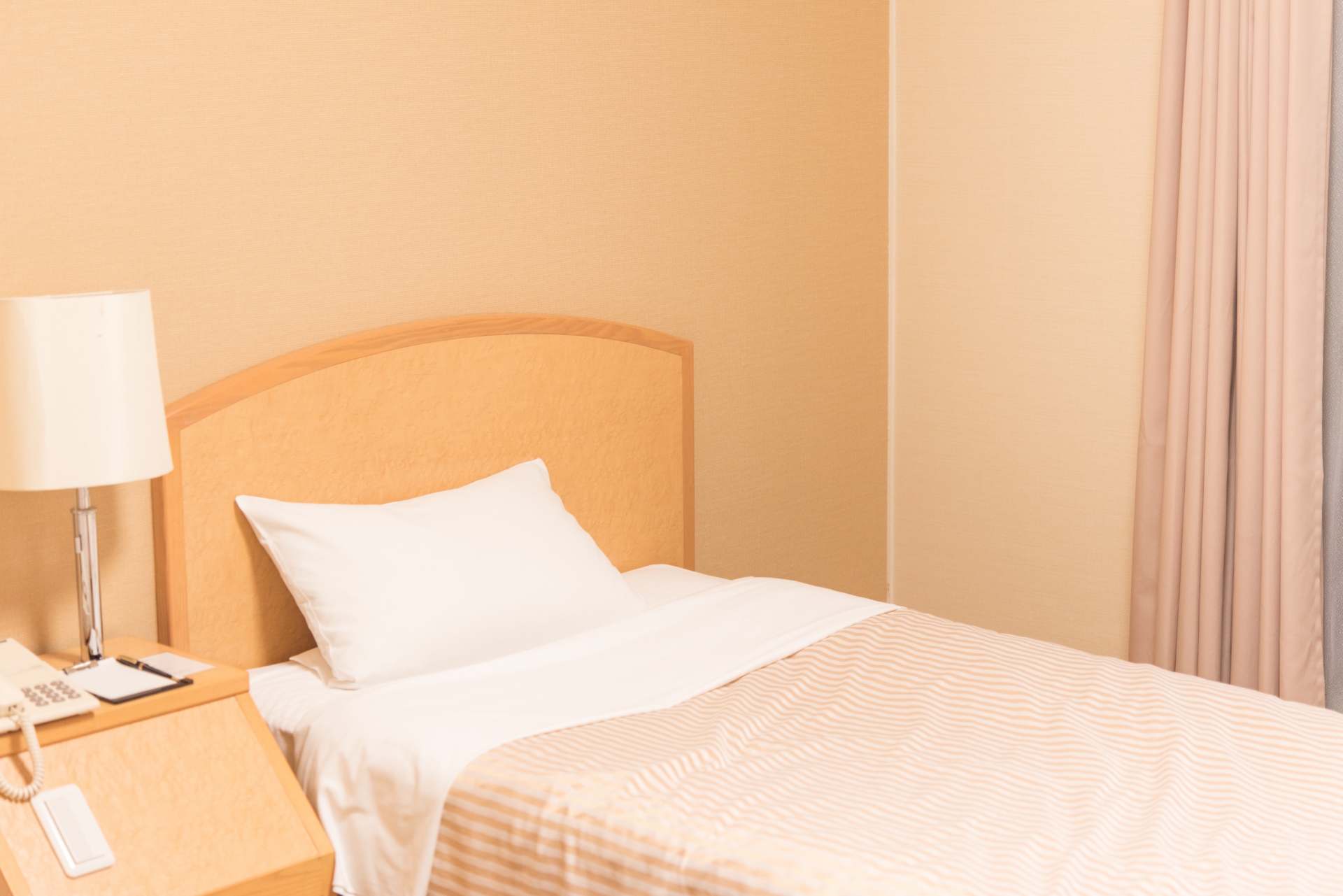
Reflexology is an old recovery practice that has been used for hundreds of years to promote relaxation, enhance circulation, and support the body’s all-natural healing procedures. This holistic treatment is based upon the principle that particular points on the hands, feet, and ears correspond to various body organs and systems within the body. By using pressure to these factors, reflexologists intend to boost the body’s very own healing devices and restore balance.
The History and Origins While the exact beginnings of reflexology are unclear, evidence suggests that similar practices were used in old Egypt, China, and Native American societies. Modern reflexology was developed in the very early 20th century by Dr. William Fitzgerald, that introduced the principle of “area treatment.” This was later on fine-tuned by Eunice Ingham, that mapped out the reflexology points on the feet that are still made use of today.
How Does Reflexology Work? Reflexology is based on the idea that the body is separated into ten upright areas, each corresponding to different components of the body.
The Benefits of Reflexology Proponents of reflexology claim a wide variety of advantages, including:
Stress decrease and leisure Improved blood circulation Pain alleviation Enhanced immune feature Better rest quality Increased energy degrees Support for digestive system issues What to Expect During a Reflexology Session A typical reflexology session lasts between 30 to 60 minutes. The specialist will certainly begin by discussing your health history and any current concerns. You’ll after that relax or being in a comfortable placement, typically with your socks and shoes gotten rid of. The reflexologist will utilize their hands to apply pressure to particular points on your feet, ears, or hands. 秋葉原 ought to be not uncomfortable however strong. Lots of people discover the experience deeply peaceful and might also go to sleep during the session.
Is Reflexology Right for You? Reflexology is generally taken into consideration risk-free for the majority of people and can be a complementary treatment alongside conventional clinical therapies. It’s important to seek advice from with your health care company before attempting reflexology, especially if you have certain wellness conditions or are expecting. While reflexology must not be utilized as a substitute for necessary treatment, it can be a valuable device for advertising total wellness and handling anxiety.
Conclusion Reflexology supplies an unique strategy to health and wellness and health, concentrating on the interconnectedness of the body’s systems. Whether you’re seeking relief from details symptoms or merely looking for a method to relax and de-stress, reflexology may be worth discovering.
The History and Origins While the specific beginnings of reflexology are uncertain, proof suggests that comparable practices were made use of in old Egypt, China, and Native American cultures. Reflexology is based on the concept that the body is split right into 10 upright areas, each matching to various components of the body. Stress reduction and leisure Improved blood circulation Pain alleviation Enhanced immune feature Better rest quality Increased power degrees Support for digestion problems What to Expect During a Reflexology Session A typical reflexology session lasts between 30 to 60 minutes. Final thought Reflexology supplies a special strategy to wellness and health, focusing on the interconnectedness of the body’s systems.
